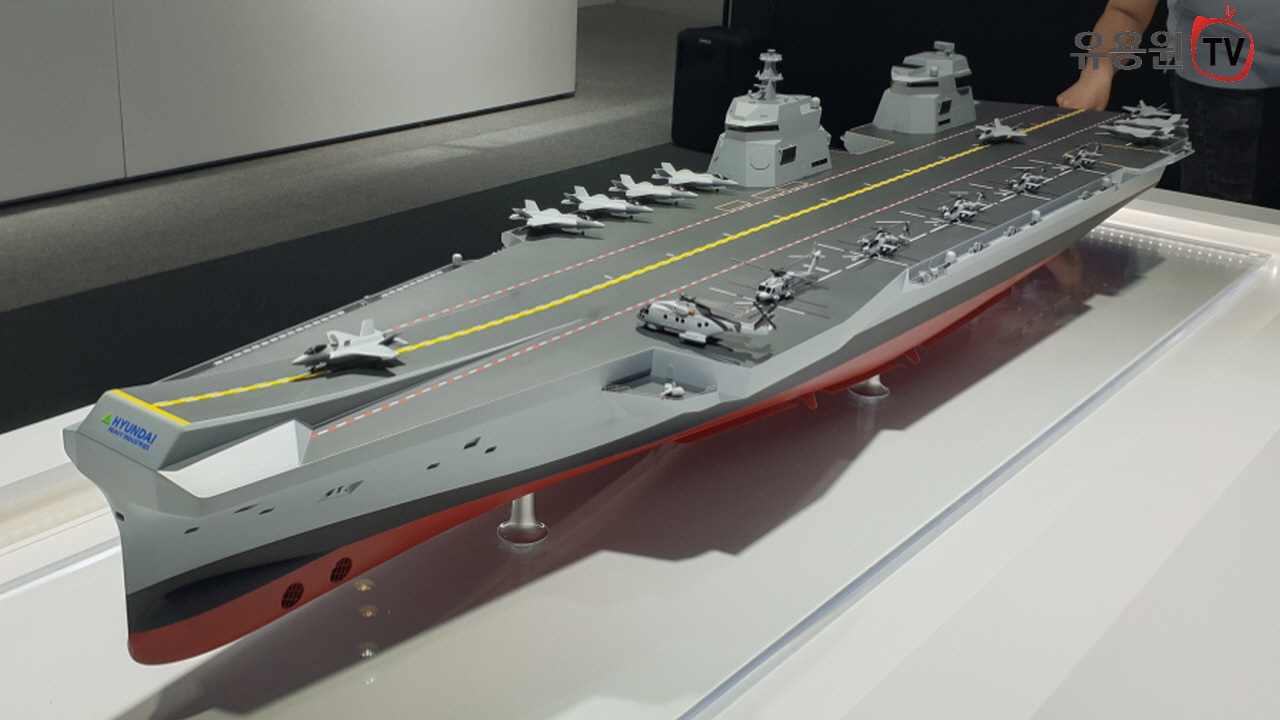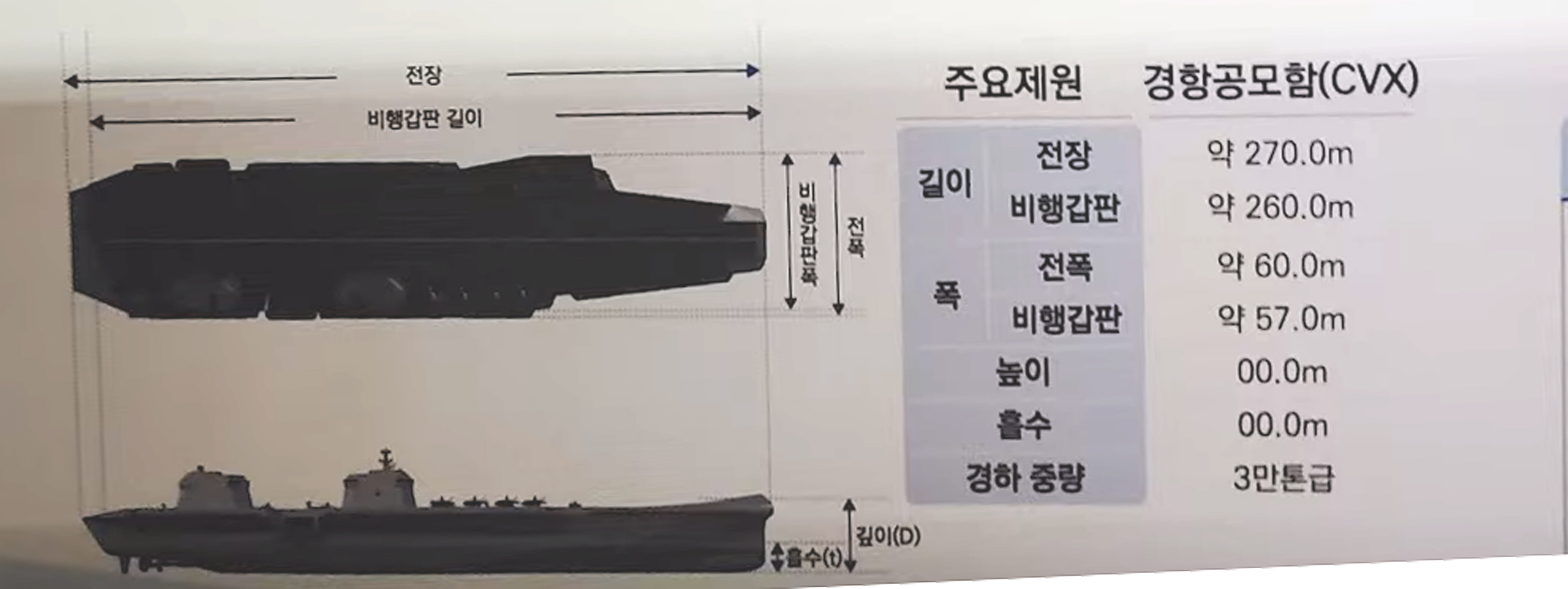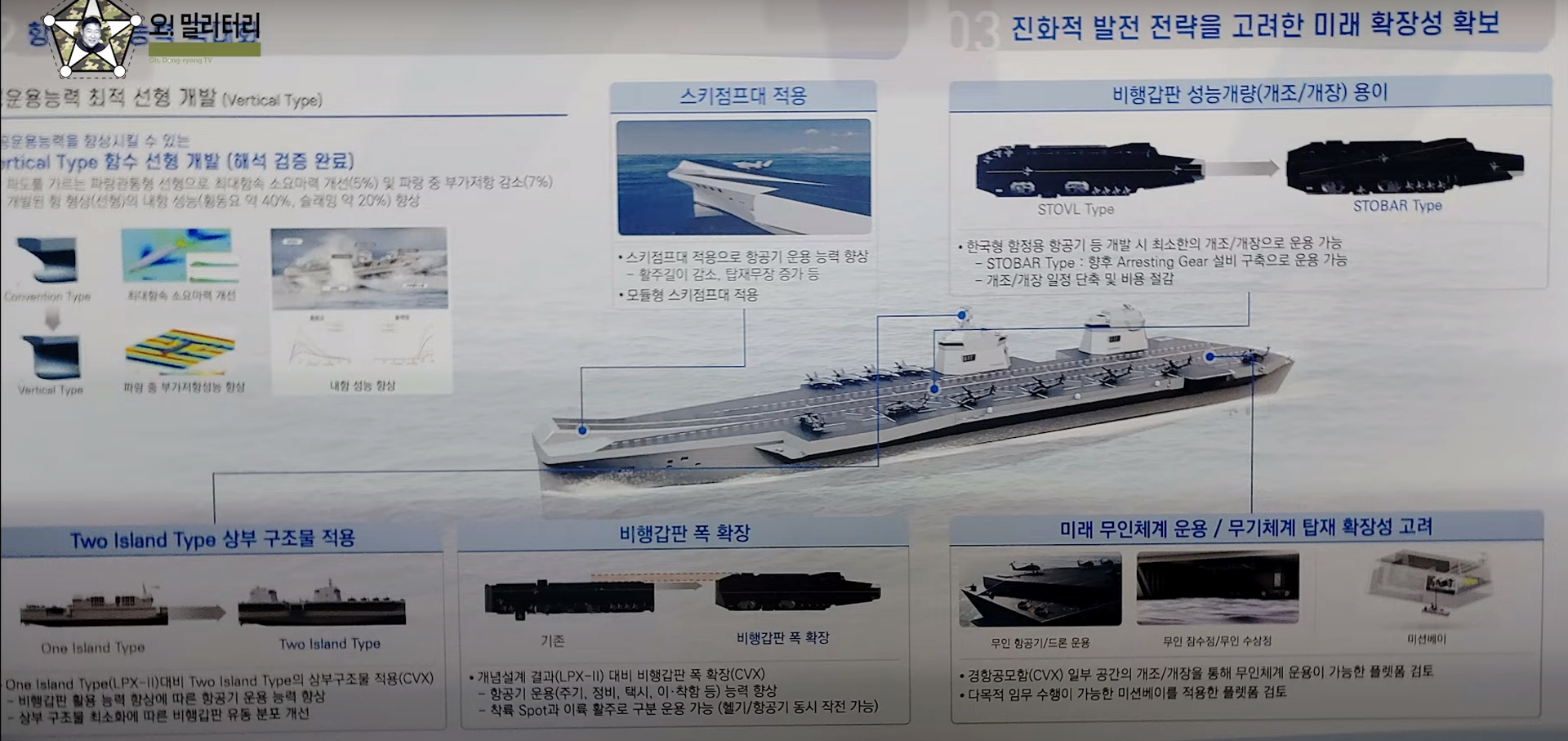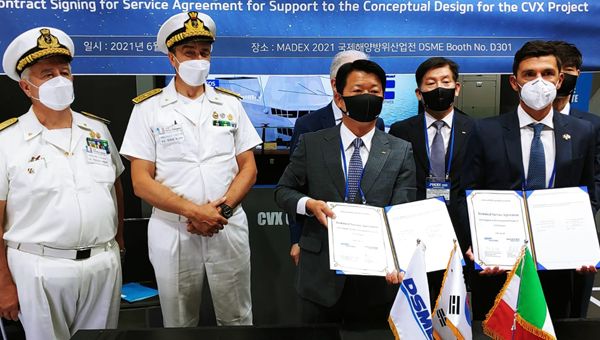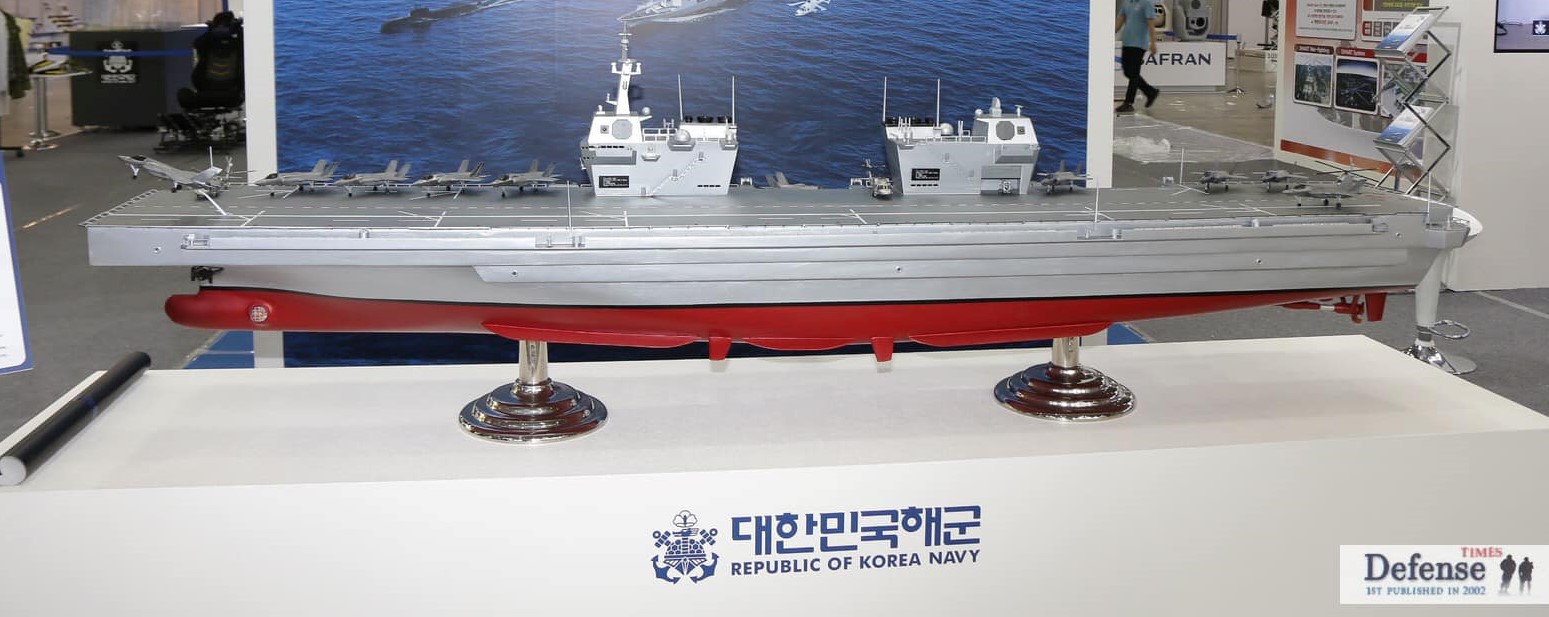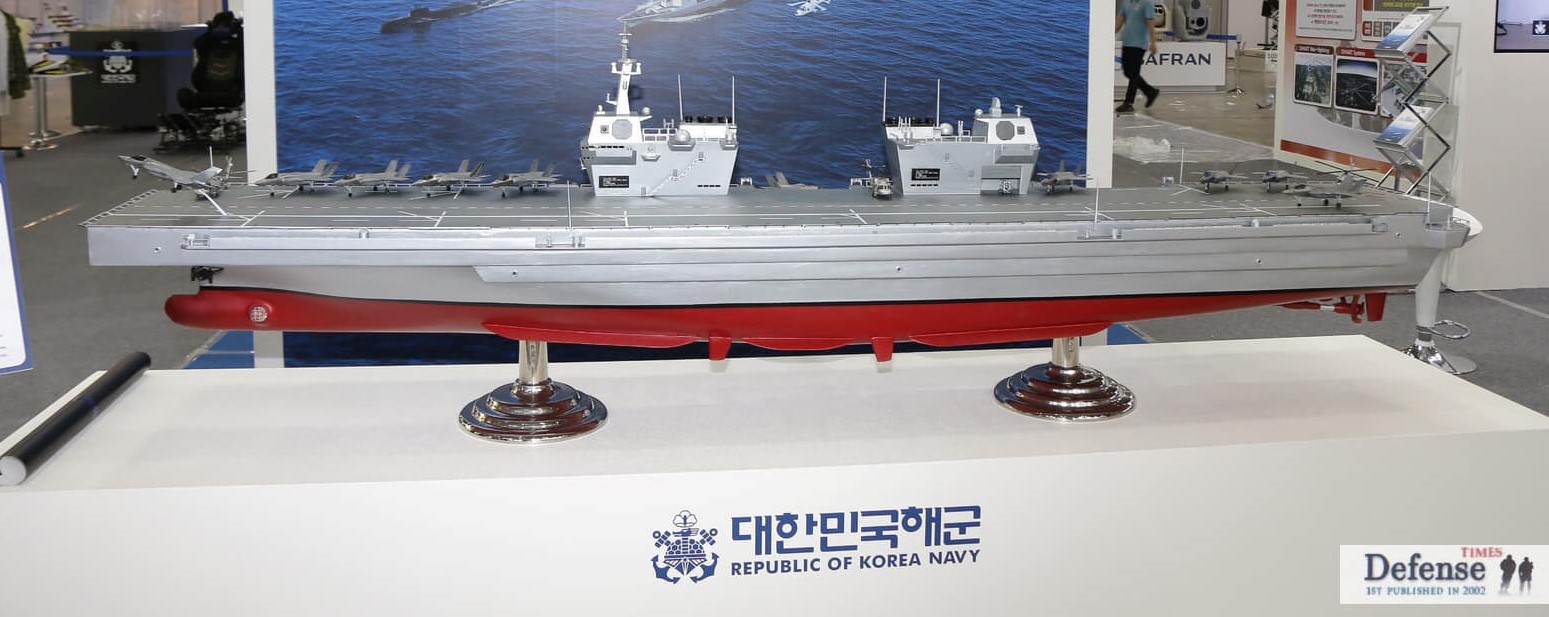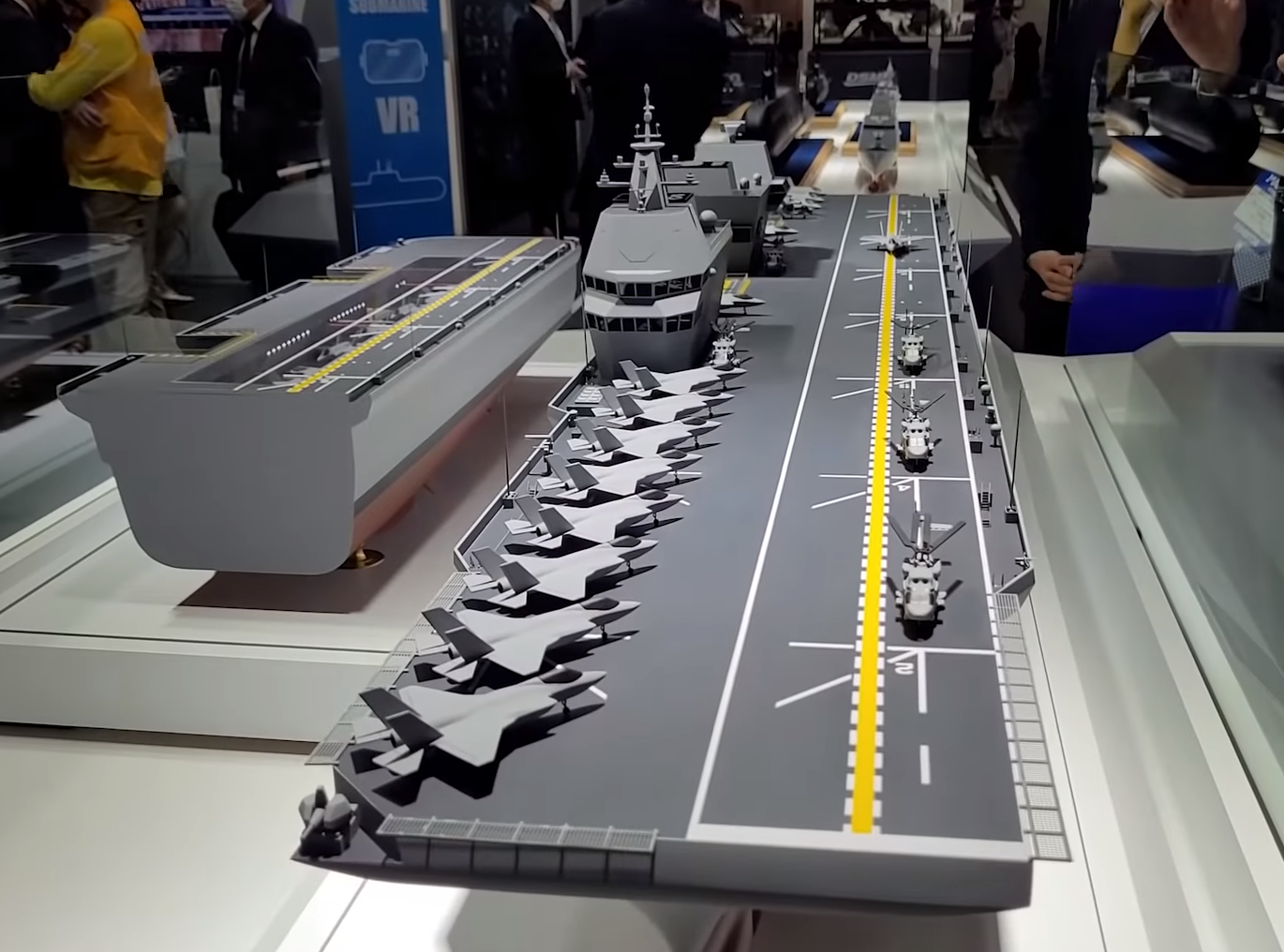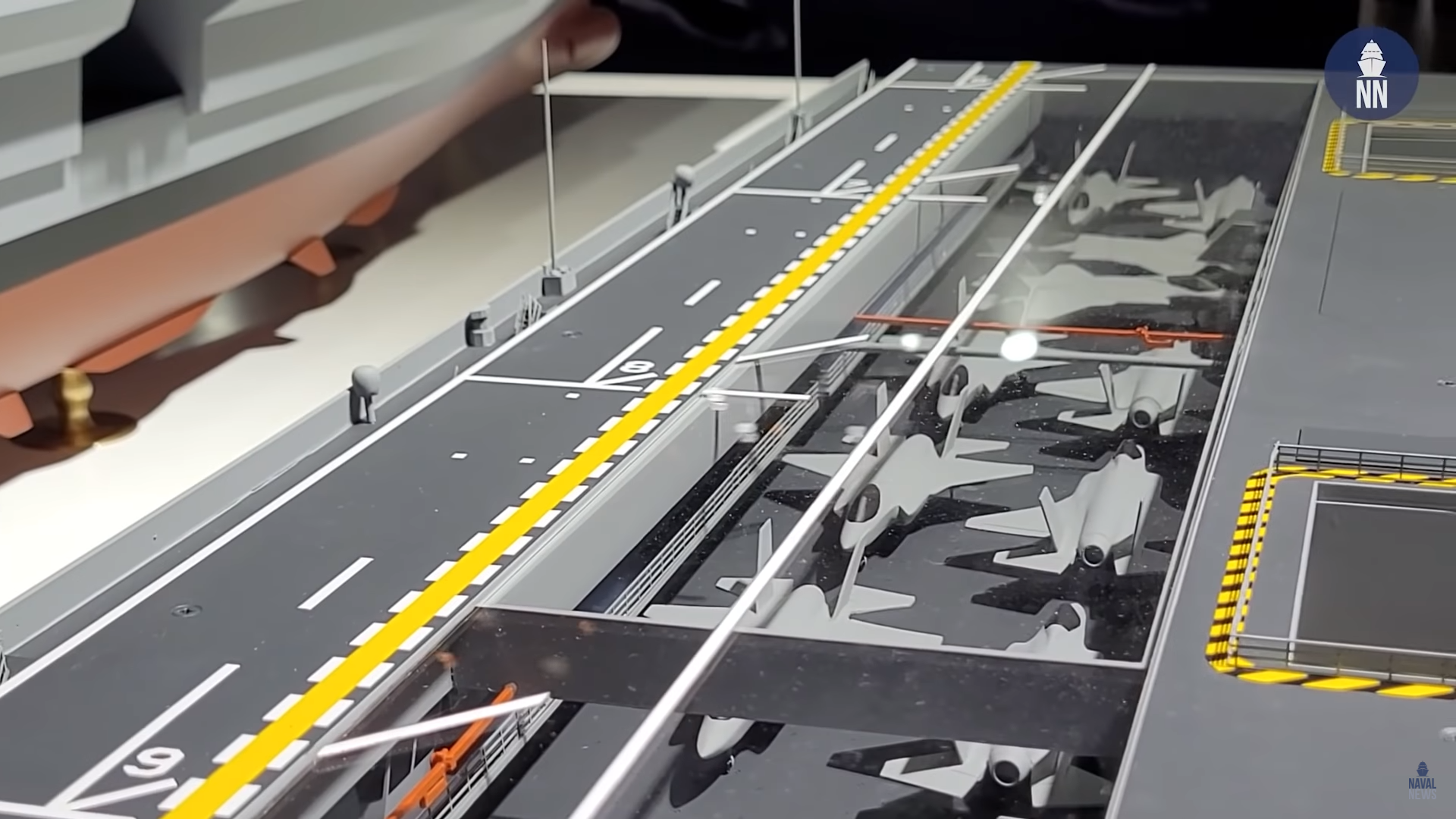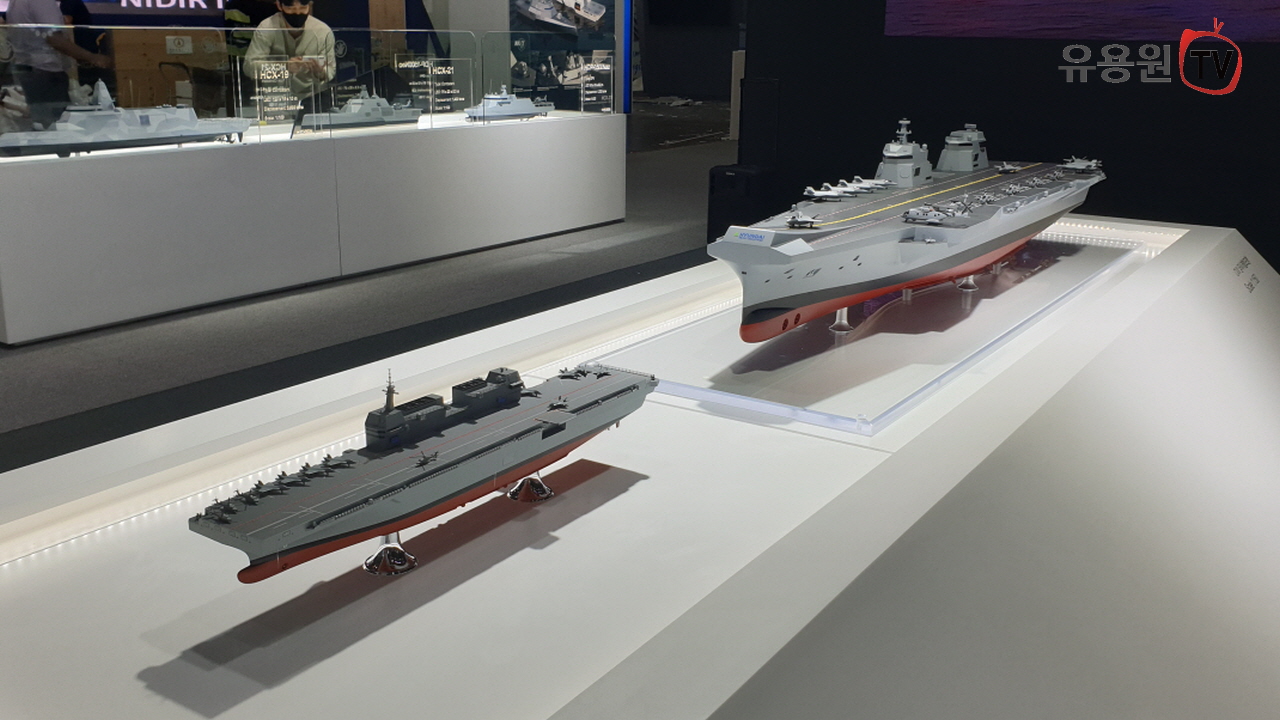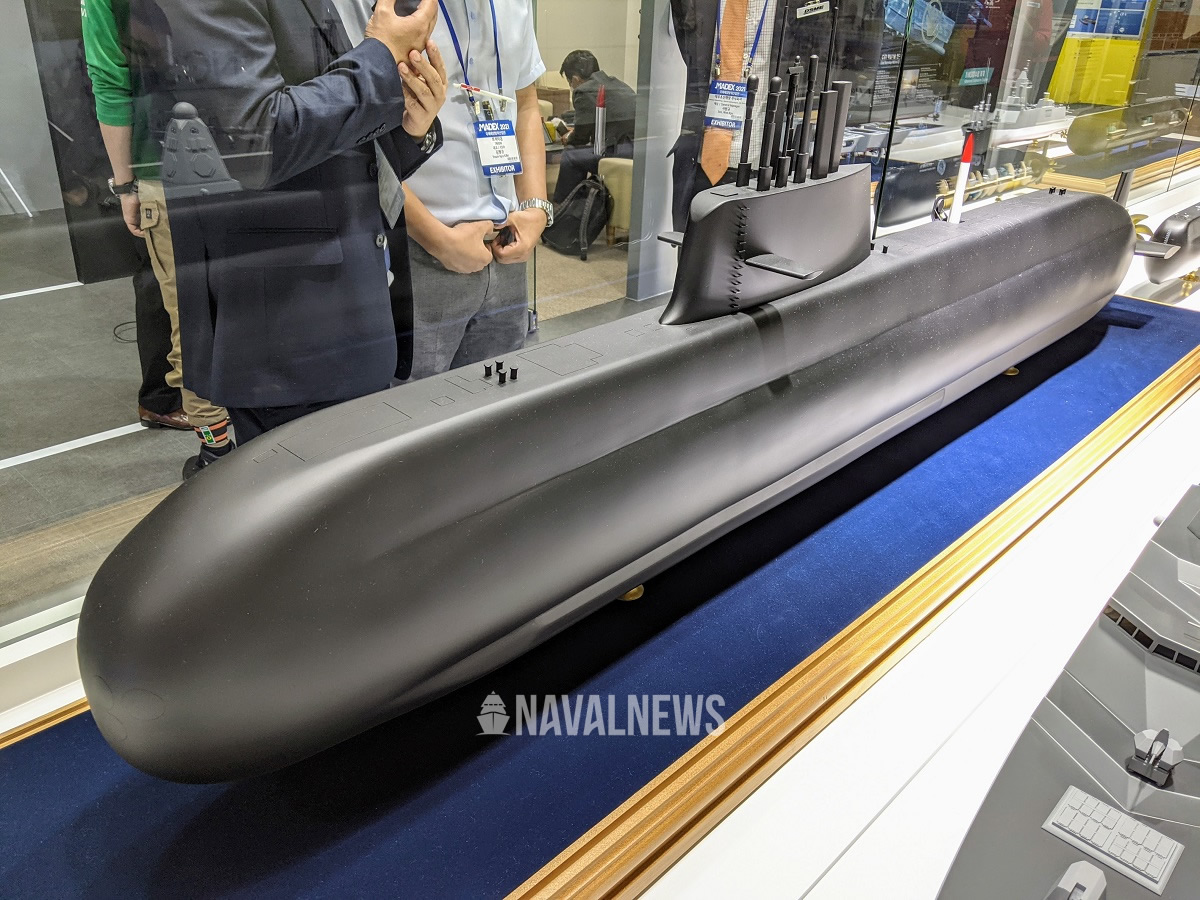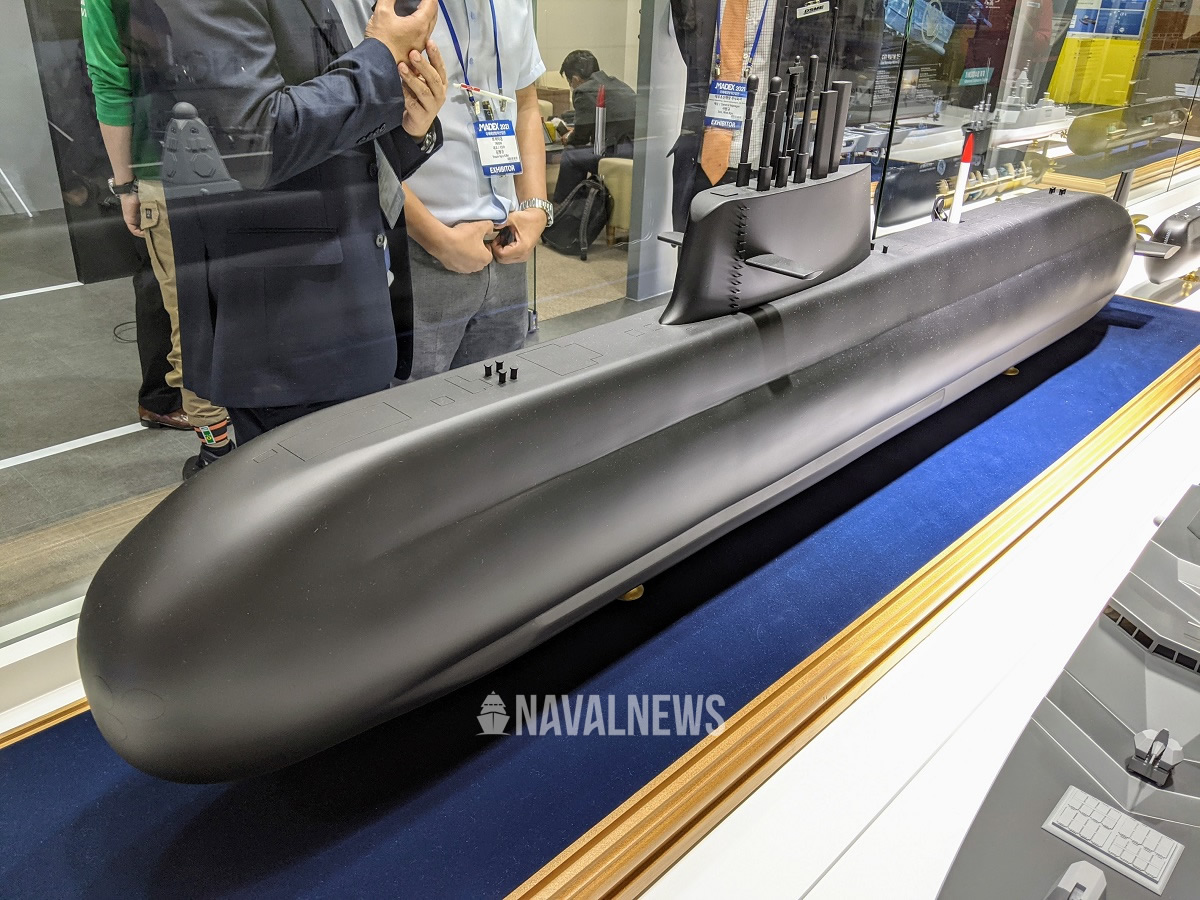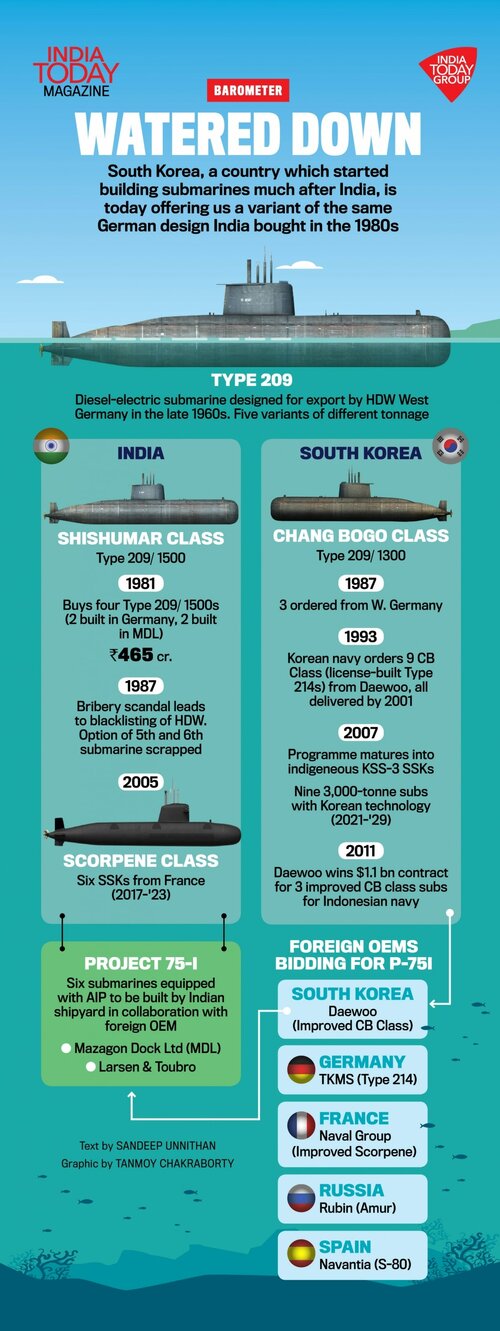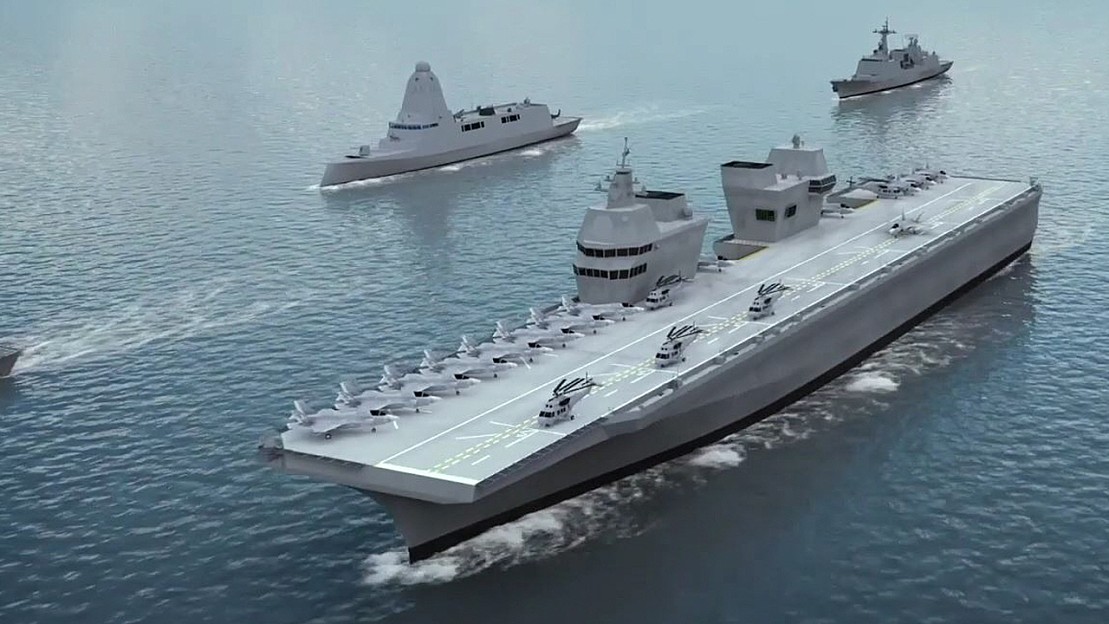SSgtC
ACCESS: Top Secret
- Joined
- 13 July 2020
- Messages
- 1,241
- Reaction score
- 2,890
That bow design is hideous. The entire forward half of the flight deck is only usable for launching aircraft. If they want to design it for STOVL or STOBAR, they should do what the UK did and put the ramp offset to port so you can use the forward deck area to park aircraft during recovery operations or even just for a deck park. You could fit five F-35s up there beside the ramp. (There are photos of that many there on QE). In this design, that's just wasted space. Also, those cut-outs at the forward edge of the flight deck. Looks like they have some sort of BPDMS there. That's more wasted space that could be put to better use by enlarging the flight deck. Those missiles can be put on sponsons where they're out of the way. They should also ditch the port deck edge elevator and put both elevators on the starboard side. One between the islands and one forward of them. Also, that aft island looks like they just copied the forward one to show something there. It needs to be optimized for managing flight operations, not be a secondary/flag bridge.

